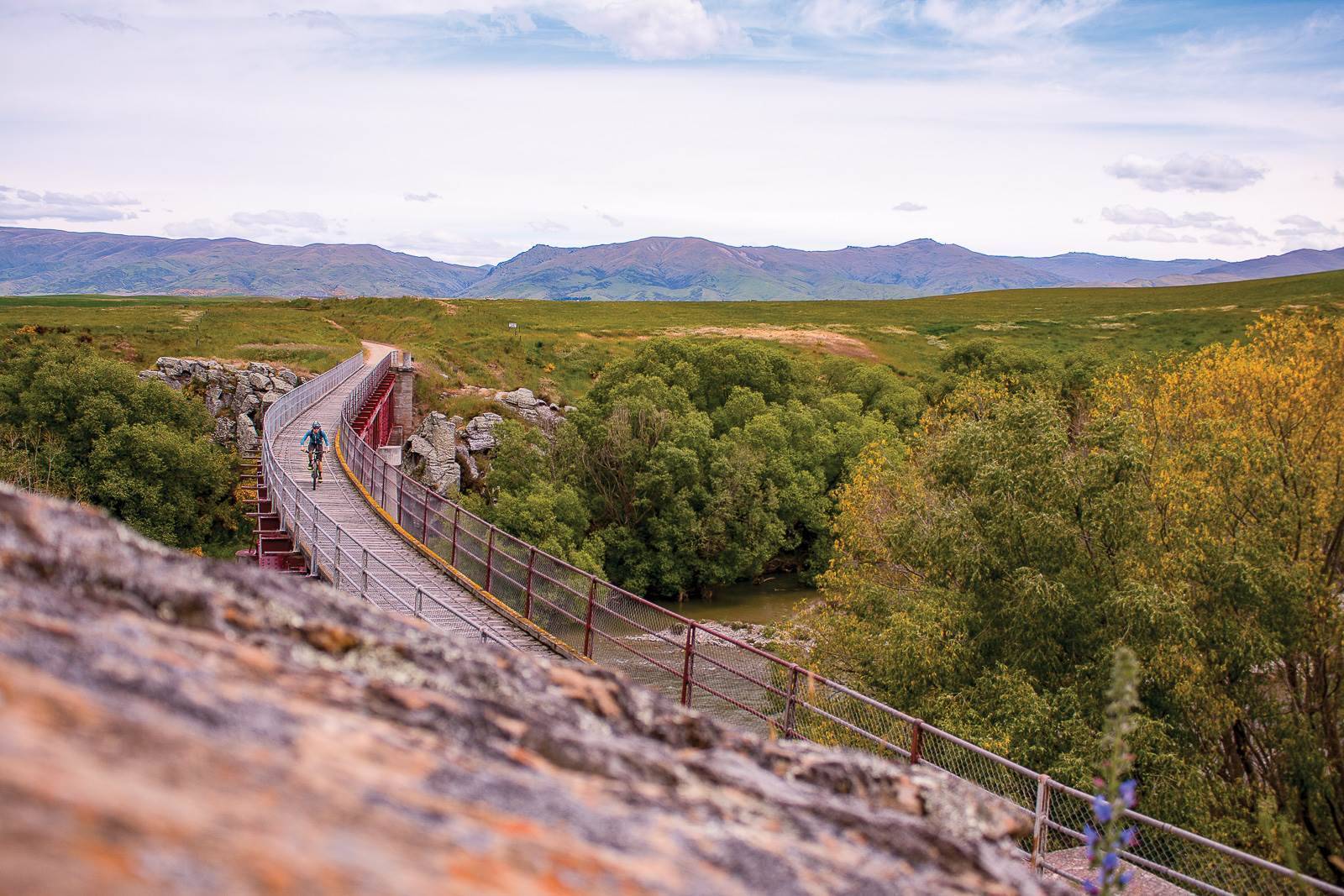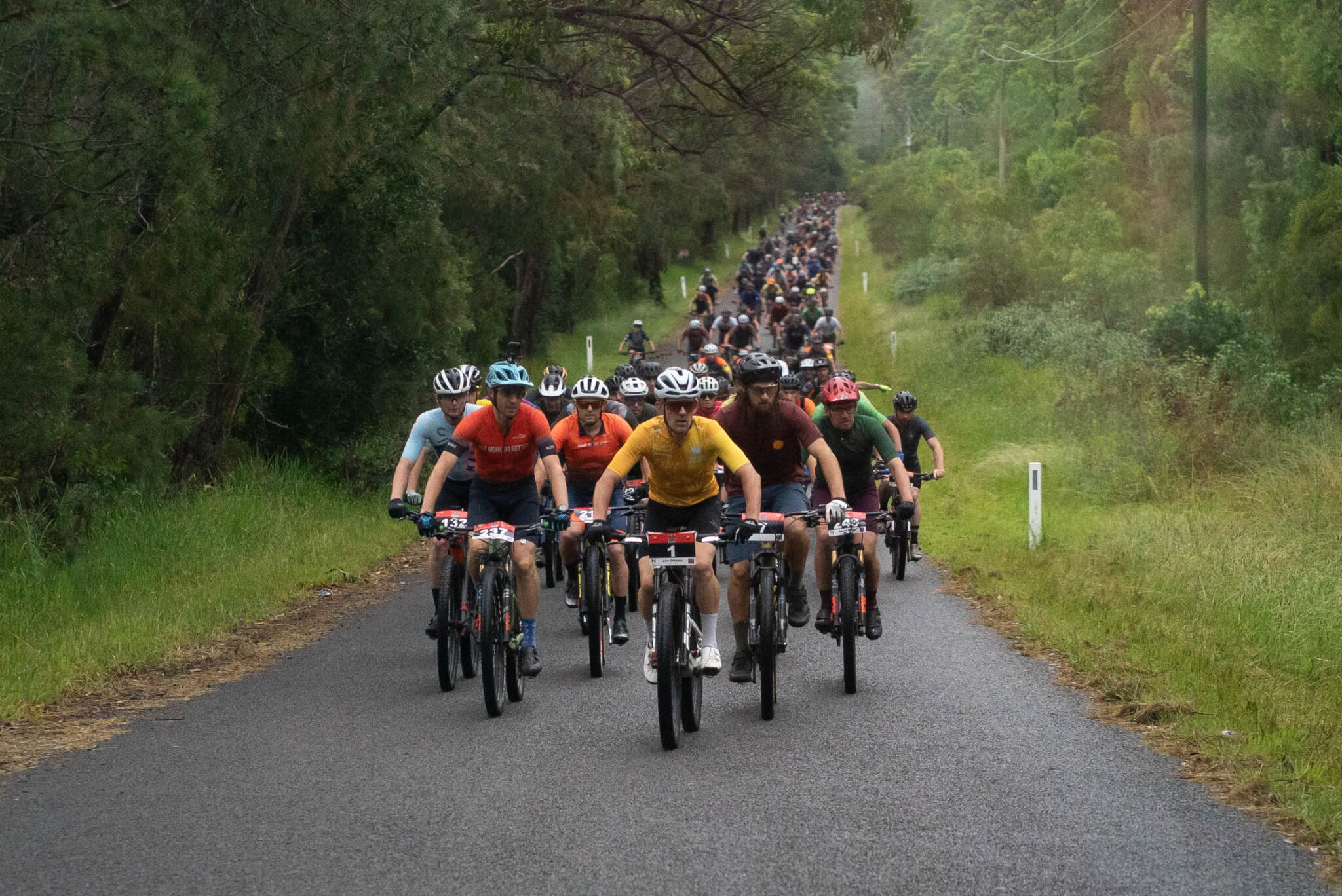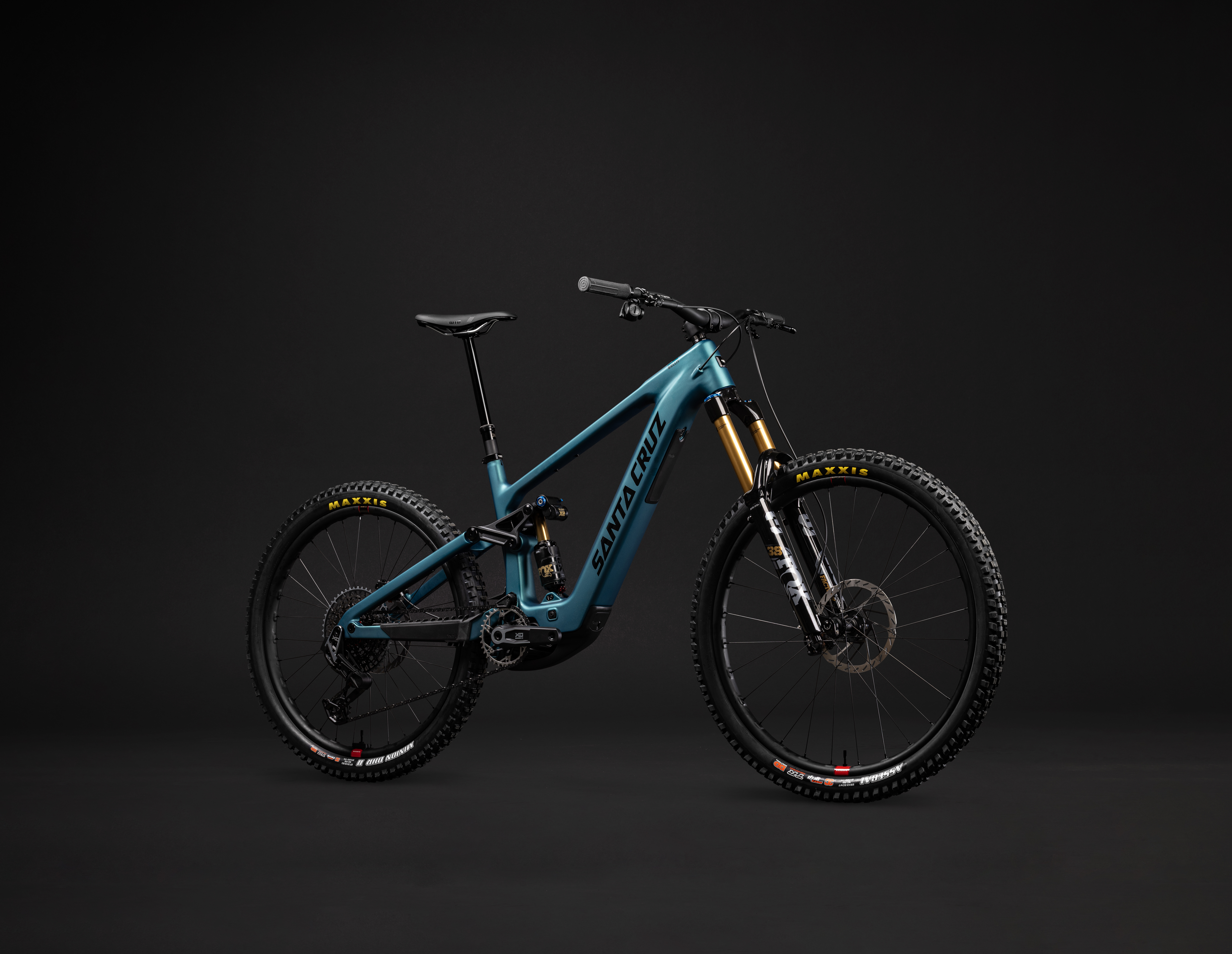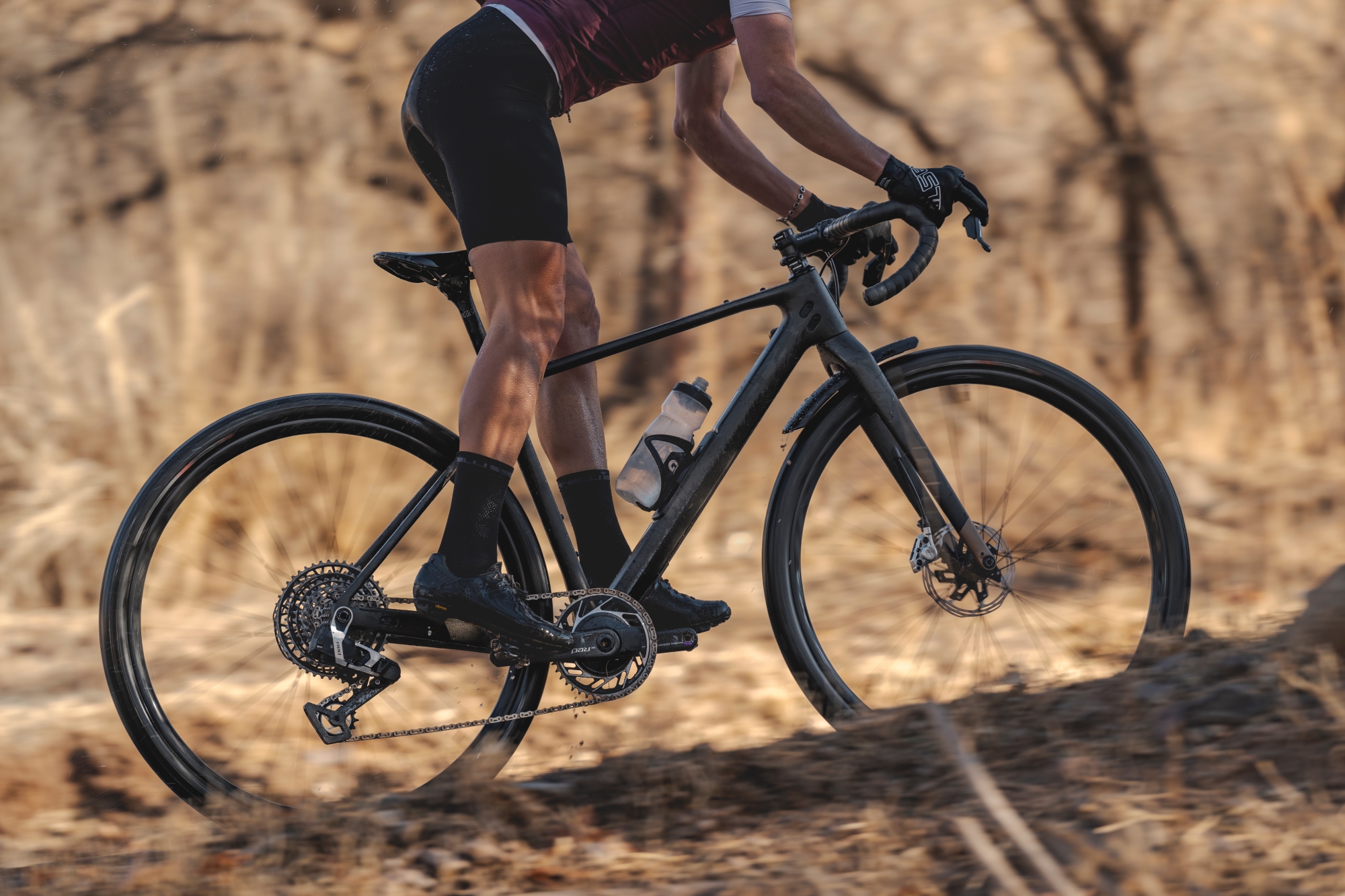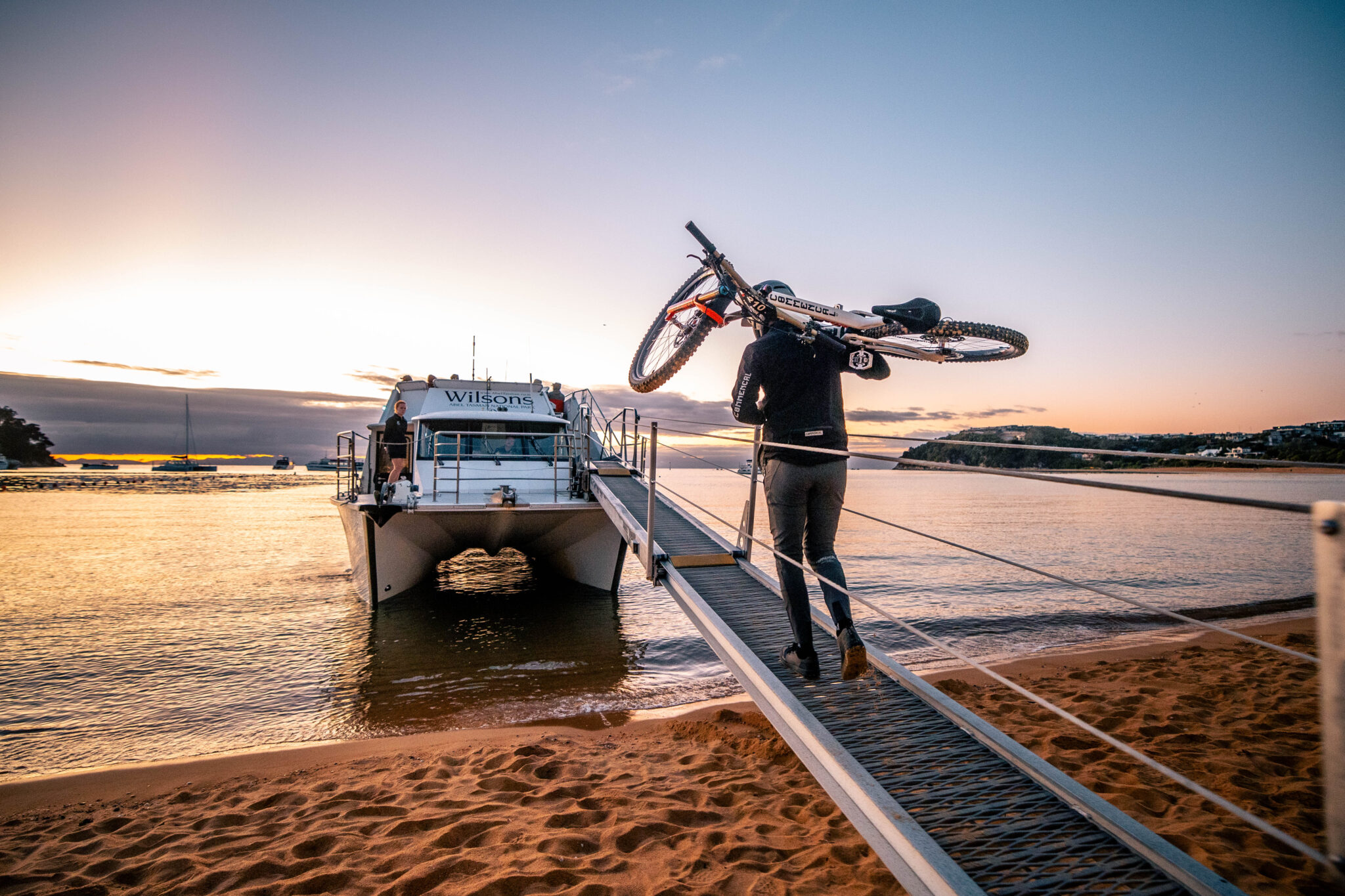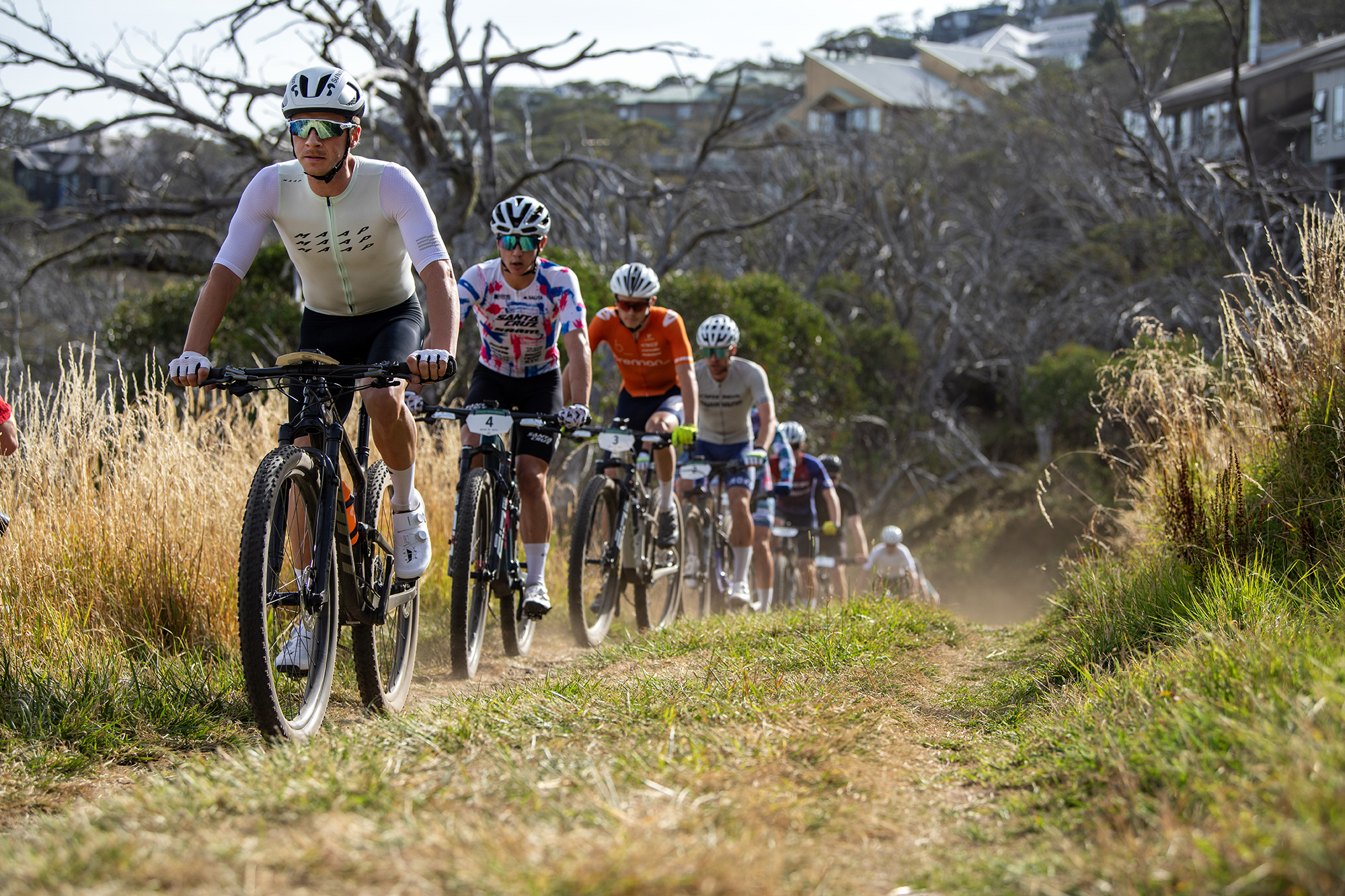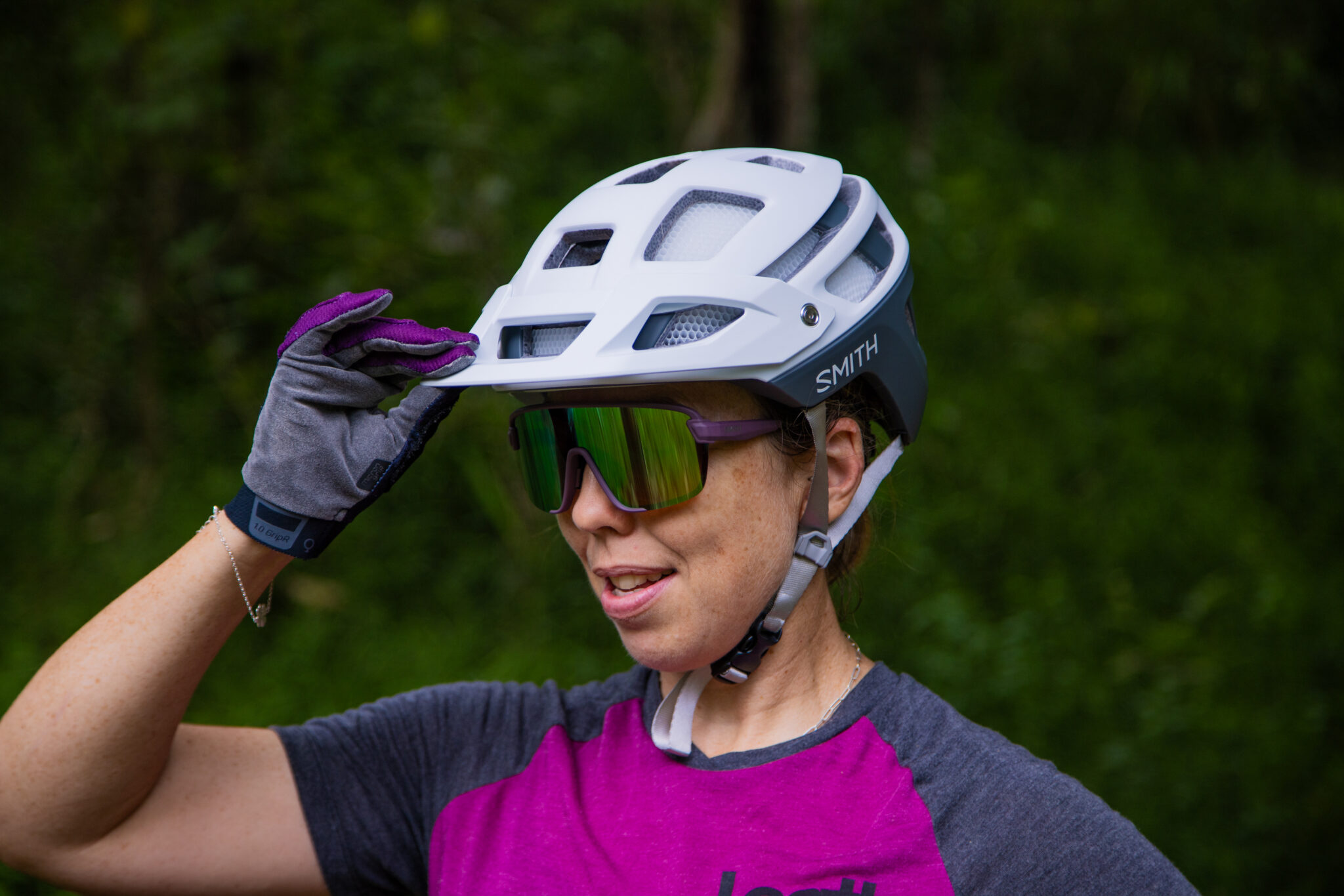A trail for all: riding the Otago rail trail
An unused rail corridor that stretches from Clyde to Middlemarch has become the perfect 152km playground for cyclists. Come join us as we explore this stunning route.
New Zealand. What can be said that hasn’t been said already? Instead of a long monologue of travel brochure proportions below is the abridged version of why we flock here on mass:
- amazing scenery
- world-class riding
- friendly people
- no dangerous animals
- easy access across the ditch
- they speak English
As if that isn’t enough, the New Zealand Tourism Board has made that decision even easier by mapping out and grading their ‘23 Great Rides’ around the country.
This issue we are taking it back to the roots of the 23 Great Rides initiative – back to where it all began. An unused rail corridor that stretches from Clyde to Middlemarch has become the perfect 152km playground for cyclists. Packed with scenery and laid-back charm that only NZ can provide, this trail attracts people from around the world. From humble beginnings, the Otago Central Rail Trail has grown to the point that 15,000+ riders tackle its length every year. Add to this the partial uses and the number gets up to around 60,000 – not bad for a disused rail line.
This ride is all about the scenery, people, coffee and beer. Aptly nicknamed the ‘Ale Trail’ – a refreshment stop is never far from hand. This is the trail to give the less experienced and more timid a chance to taste the freedom that comes from riding your bike without the fear of rough trails, big climbs and having to share the experience with cars. Without further ado I present to you the Otago Central Rail Trail.
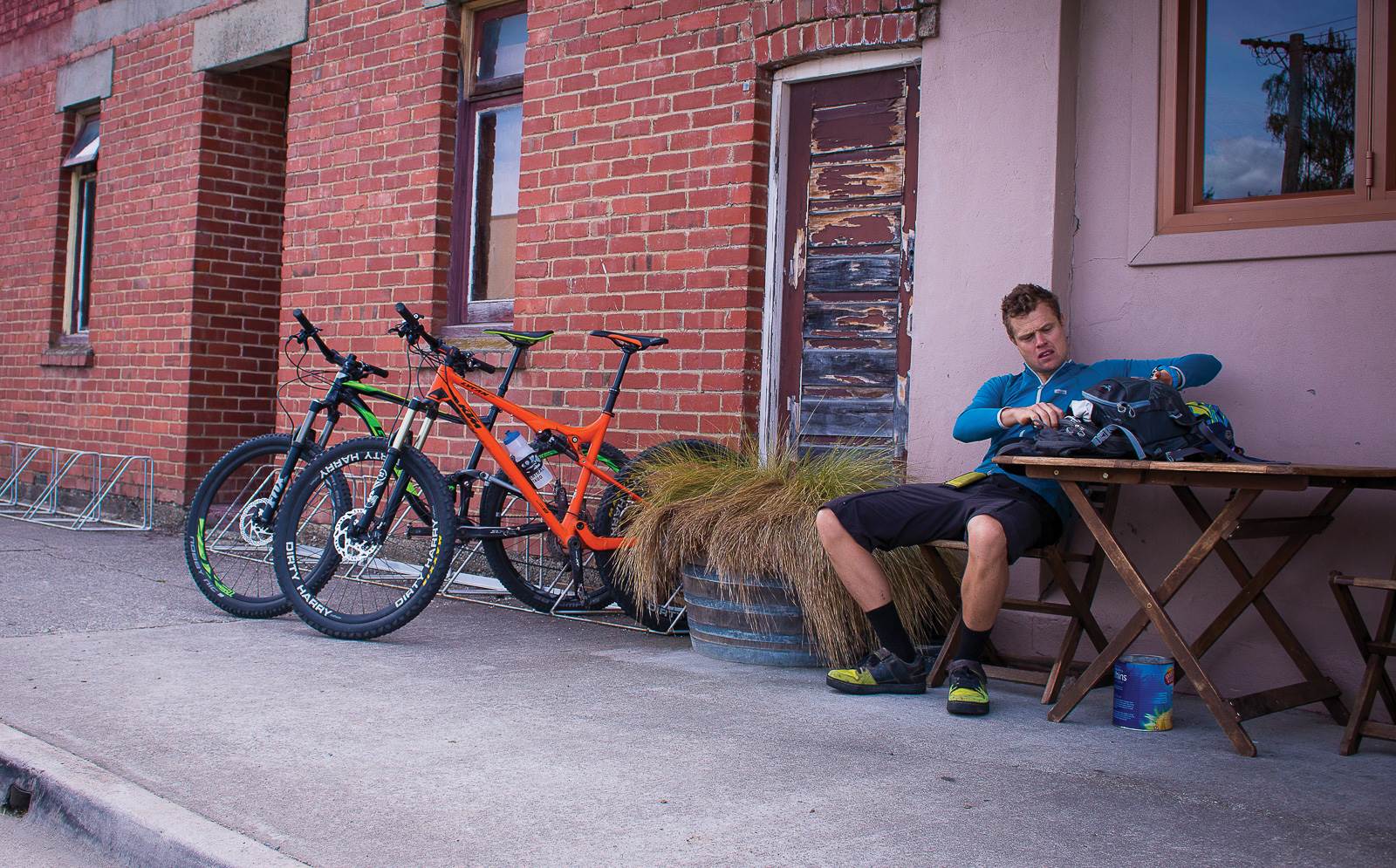
BACKGROUND
Located in the heart of the scenic South Island, the vast Central Otago region lies between coastal Dunedin and the iconic Southern Alps.
With the discovery of gold in the mid 1800s, the region exploded in activity with people coming from all over the world to stake their claim. Rough, rugged terrain made getting supplies in and out an arduous and taxing affair – with both the roads and vehicles degrading quickly under heavy use. A more reliable link between the coast and the goldfields was needed; the railway was born from this necessity. 15 years in the making, brains and brawn cut the railway through the landscape with multiple tunnels and viaducts, greatly improving the time and cost involved in getting things to where they needed to go. The end of the gold rush, coupled with better roads and vehicles over the next century, saw the official closure of the railway in 1990.
The corridor was repurposed for use by cyclists, walkers and horse riders. In a strange twist of fate it’s once again bringing people to the region. Like a phoenix from the ashes, the region finds itself back in prosperity – this time through tourism rather than gold.
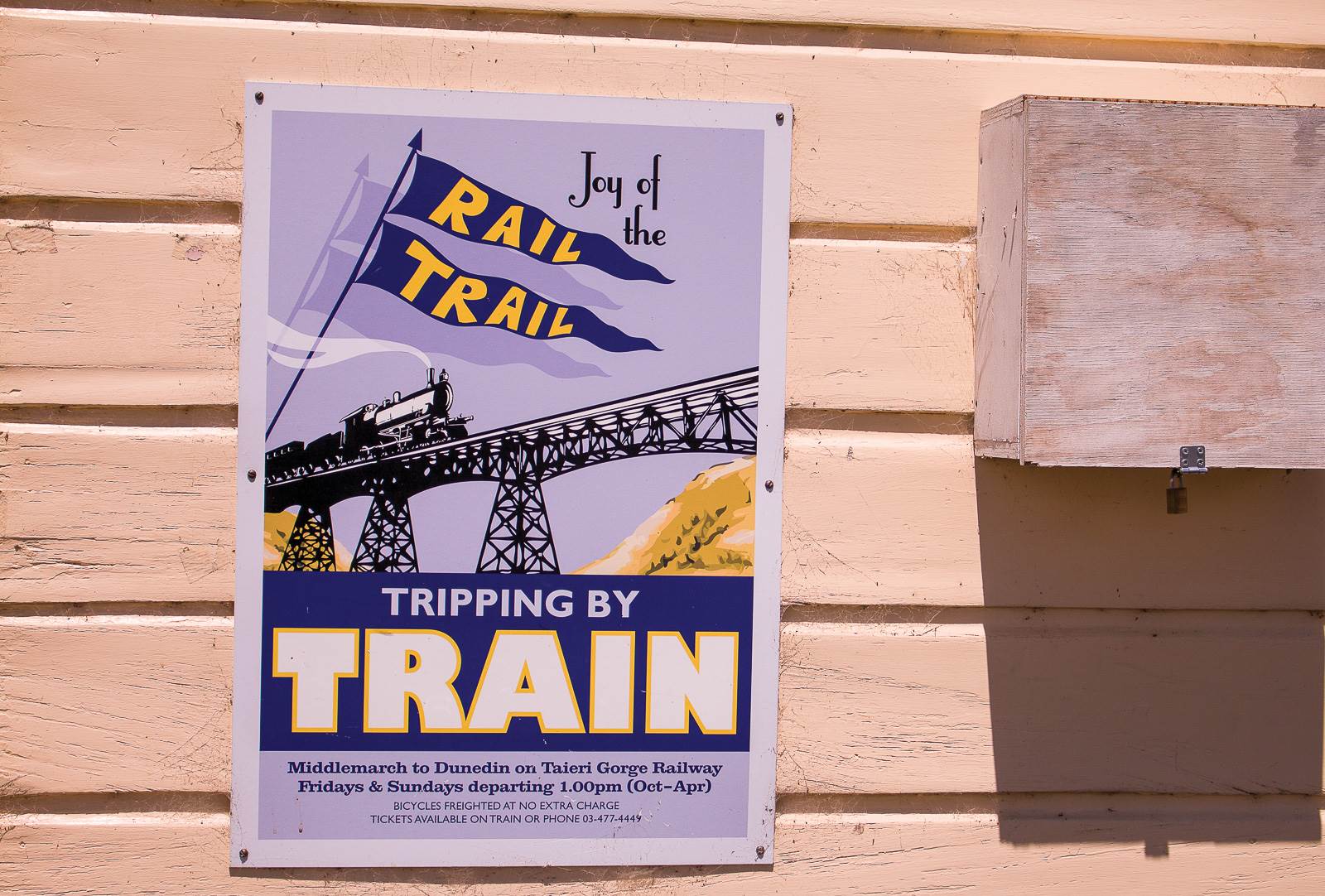
THE EXPERIENCE
Logistically, riding this trail is a breeze to organize. With plenty of information and resources available it is easy to plan the trip from abroad. Discussing our options with local operator Bike It Now, a two-day itinerary was settled on – giving us time to get a snap shot of life in the region, to sample a few of many cafes and other fine establishments along the route. Enough time to wet the whistle, but not enough to fill the boots, you could say. The super-fit could knock it off in one long day, but two or three days is probably best. More if you’re escorting someone new to riding.
Water bottles filled and map in pocket we rolled out from Clyde bound for Wedderburn some 79km away. With an early start, we took advantage of the milder conditions before what was forecast to be a scorcher of a day. Tackling the trail in an easterly direction, we were lucky enough to have the prevailing wind at our backs for the entire time, a real bonus as the majority of the day was on a slight, barely noticeable incline. Rocketing along, our faster-than-expected progress meant our breaks became more frequent and leisurely allowing us to really get into the rail trail flow. We were using the trip to give our legs a rest from the past few days hard riding in the hills above Cromwell and Alexandra – so it was awesome to just roll along and swap stories.
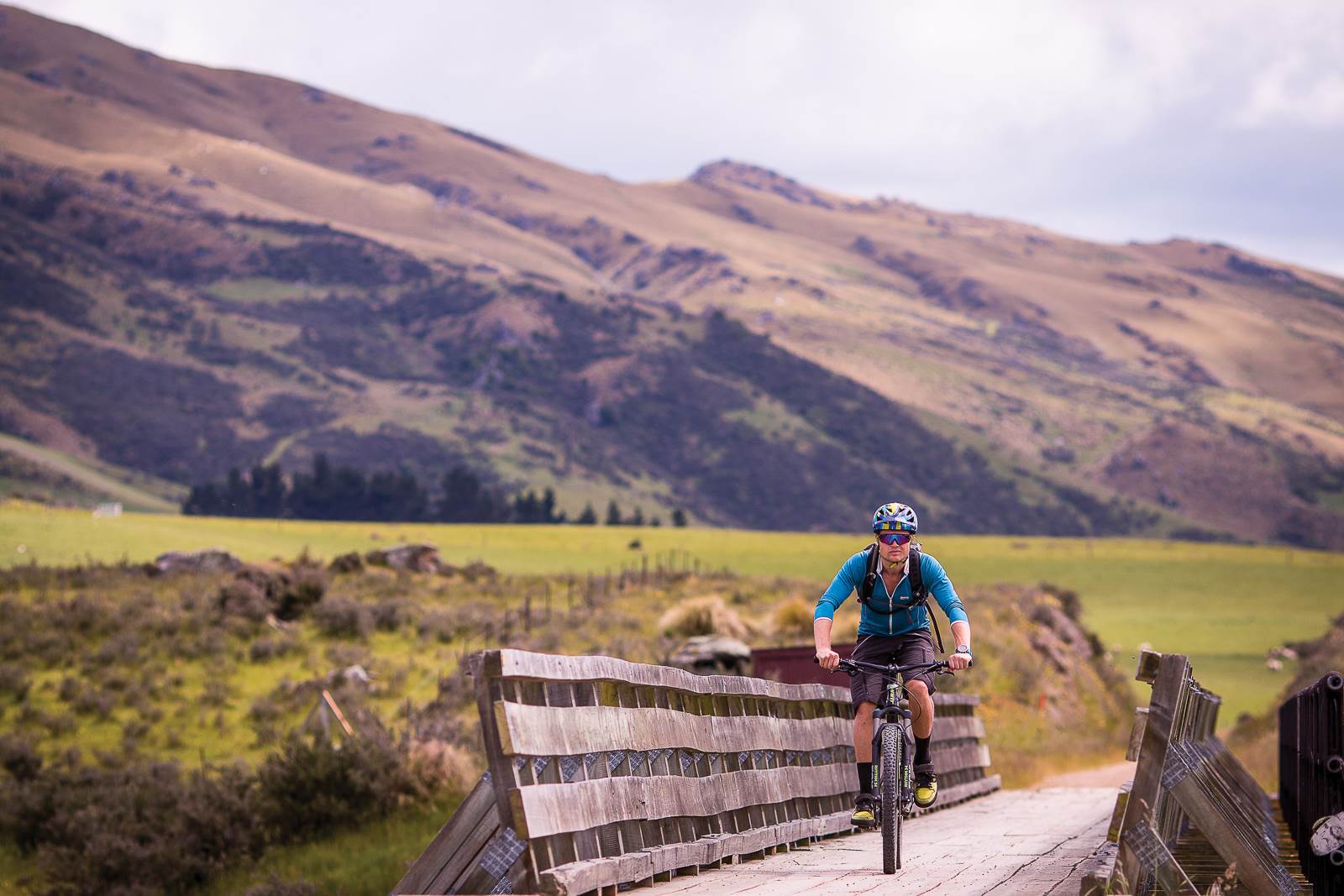
There are just so many great food and beverage choices along the way it was hard to pass any of them up. Needless to say we were sufficiently hydrated and caffeinated for the entire day. The whole experience is so social. The wide groomed trail allows you to ride two abreast, to chat and take in the surroundings. You can hear and see everything and chance conversations are plentiful as you pass locals going about their daily business, and other like-minded riders. There is a brilliant buzz about the trail and you really feel a part of what is going on.
Side trips
The region is packed with opportunities so it would be rude not to allow an extra week to explore – with some side trips both on and off the bike.
Check out the singletrack network in Naseby Forest (p. 102 in this issue), and while in town cool down and try your hand at curling at the only specialised indoor rink in the southern hemisphere.
centralotagonz.com/cycle-central-otago
Additional riding in the region
Liking the pace of the rail trails? The Roxburgh Gorge and Clutha Gold trail are worth a look, albeit a little hillier. Perhaps you want more singletrack or a bigger adventure? Speak to Phil at Altitude Bikes, based in Alexandra.
Altitudebikes.co.nz
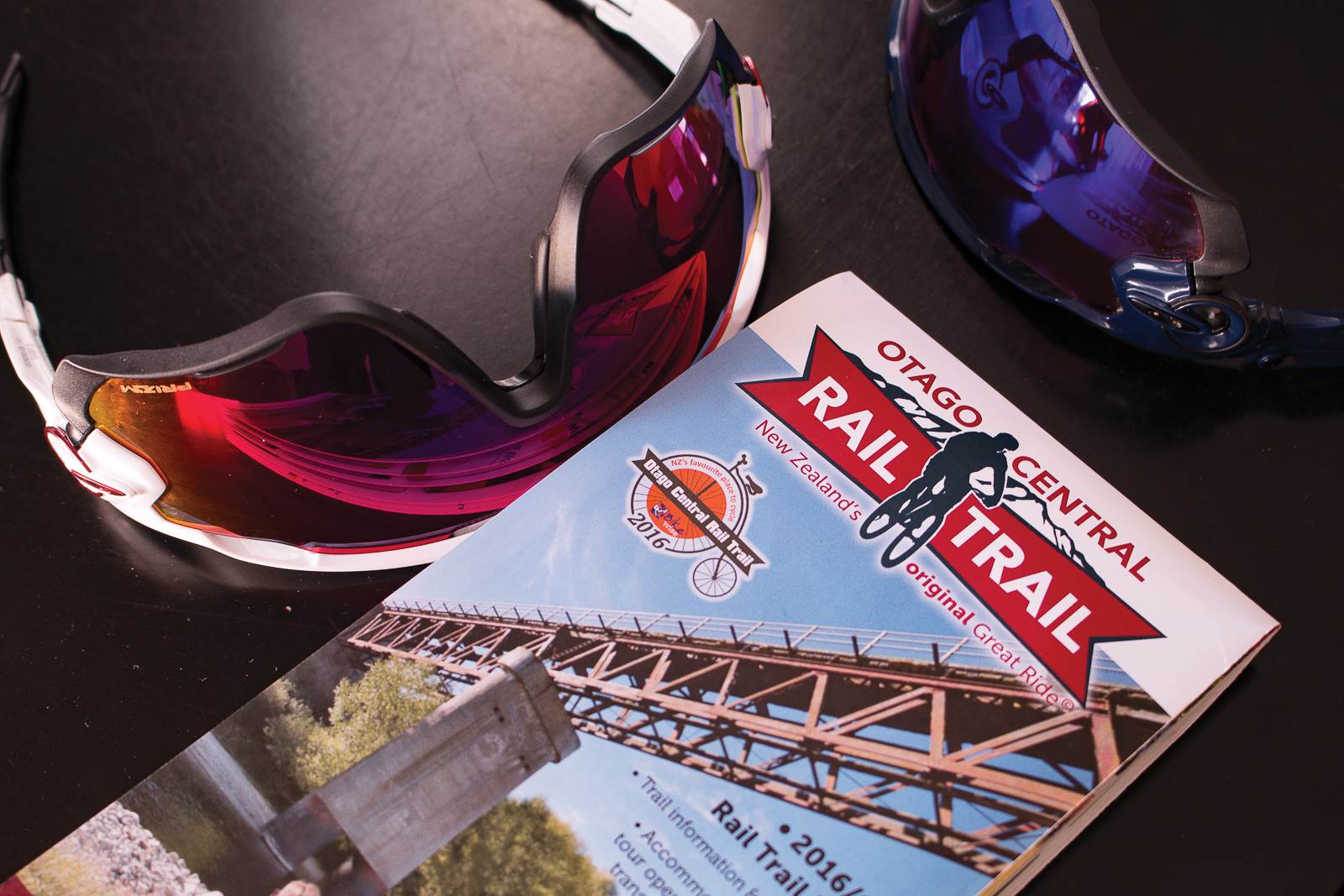
Many refreshments later we arrived at our accommodation for the night at Wedderburn Cottages, only metres off the trail where our bags were already waiting for us thanks to Bike it Now. These super comfy, self-contained units were all built for the birth of the rail trail to service the users. The owners, fourth-generation farmers, took a punt on housing a few smelly cyclists – and it has turned into an integral part of their family farm. Only a short stroll to the local tavern, happy hour and a pub meal beckoned. In true rail trail fashion whistles were wetted.
With all the climbing of the trip already complete, day two was a 73km downhill affair with a consistent run all the way to the end in Middlemarch. After a late brekky and an extra coffee, we were primed for our easy coast to the end. Once on the trail the reality sunk in that the free ride that we had hoped for would never materialise, and that the shallow rail trail gradients mean pedalling is still required for the downs. While the kilometres ticked by consistently, effort is required to get the full downhill experience. This leg of the trail has its own distinct character. The first day was all about the cuisine and beverages, while day two was dominated by the dramatic scenery and history surrounding the gold mining roots of the region.
The hills are scattered with relics of that era, the sheer amount of it giving an appreciation of just how large the gold rush was and how bustling these valleys would have been all those years ago. While there are still plenty of cafes and other fine establishments on route, the distance between fully serviced towns is a little further – so always plan ahead and keep the water bottles full. It’s worthwhile to note that all services can be closed dependent on the time of year so check in advance.
Finishing up in Middlemarch, 152km later, it feels as if we have participated in something more than just a bike ride. On a social level it has been a great way to spend time with mates and chew the fat. But it has also been a great snapshot into life in the Central Otago region and maybe even greater than that. It has shown the positive impact that cycling has had on a community in terms of jobs and prosperity – exactly what the rail line did originally.
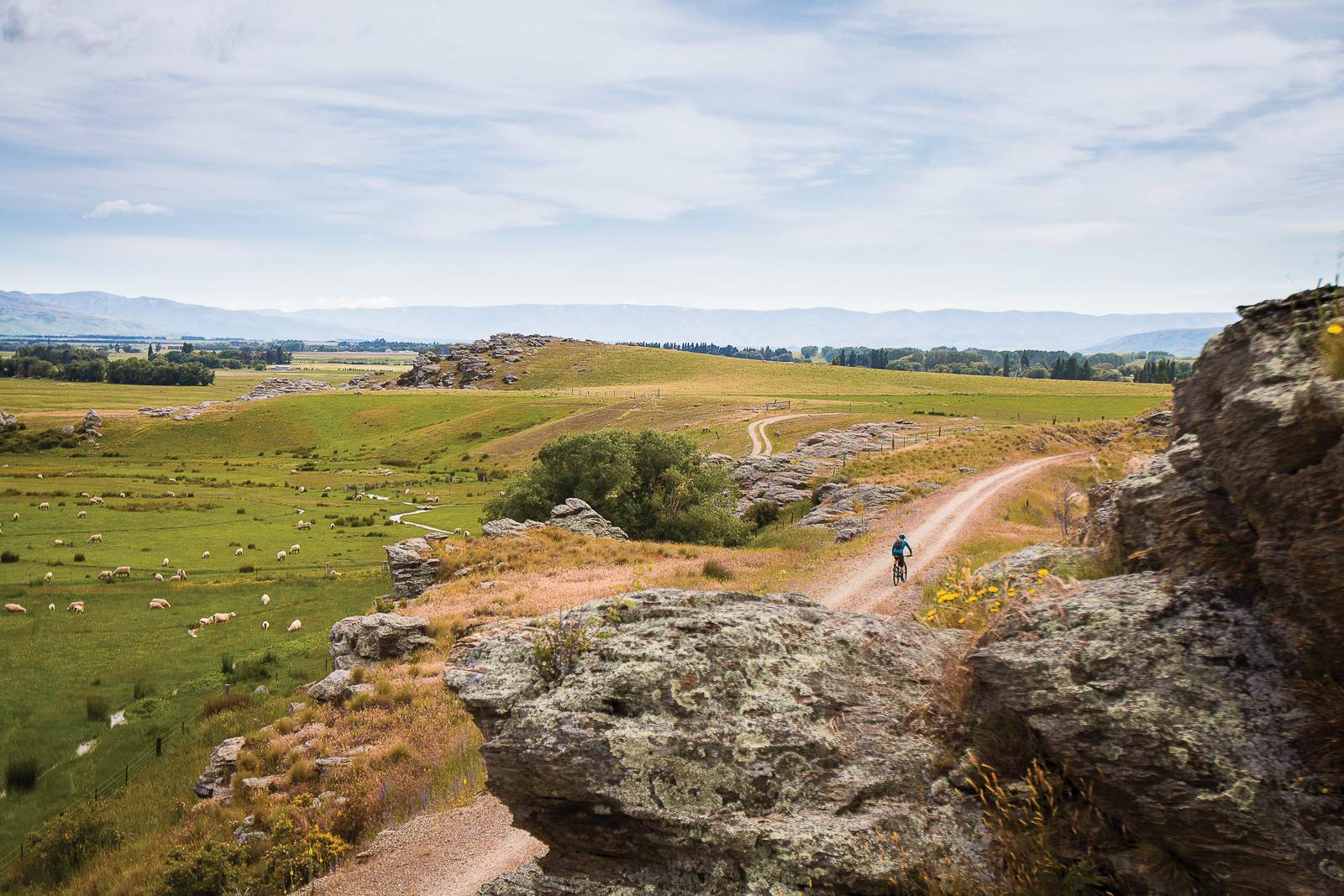
THE APPEAL
This is the gateway ride to get you (and your partner) hooked on cycling abroad. The Otago Central Rail Trail shows that cool trail experiences exist for beginner level riders. This is the opportunity to experience the joys of multi-day point-to-point riding without having to lug around the kitchen sink. Thanks to baggage portage services, all you have to do is ride your bike.
100 per cent hard packed trail, coupled with friendly gradients, the trail is rated as “easiest” on the scale and is suitable for all comers, kids included. Most complete the route in two to five days. With easy access to multiple parts of the trail it is easy to tailor your own trip. The rail trail has an abundance of choice for every aspect of your next adventure.
Get a real taste of Central Otago by ditching the car and see the region under pedal power – but you will never be that far away from a good coffee, food and a comfortable night’s sleep.
How to get there
The closest major airport is Queenstown. Transfers are available from here to the trailhead at Clyde which is about one hour away.
When to go
February through to April offers mild conditions that are ideal for the days in the saddle. Winter crossings are possible for the adventurous. We tackled it in December and found early starts worked well for us, allowing for leisurely lunch breaks and removing the stress of having to cover the kilometres through the hottest part of the day.
What to take
New Zealand is famous for four seasons in a day so always take a rain jacket even if the weather looks fine. The trail is quite exposed, so pack sunscreen and a long-sleeved jersey is definitely recommended. A small backpack is the go-to with capacity to carry the standard spares, some snacks and water – but most importantly don’t forget a credit card and some cash for all the refreshment stops.
Outfitters that do luggage transport
Bikeitnow.co.nz did transfers for our days on the trail.
Further info on the trail & service providers Otagocentralrailtrail.co.nz
Words and Photos: Mike Blewitt

